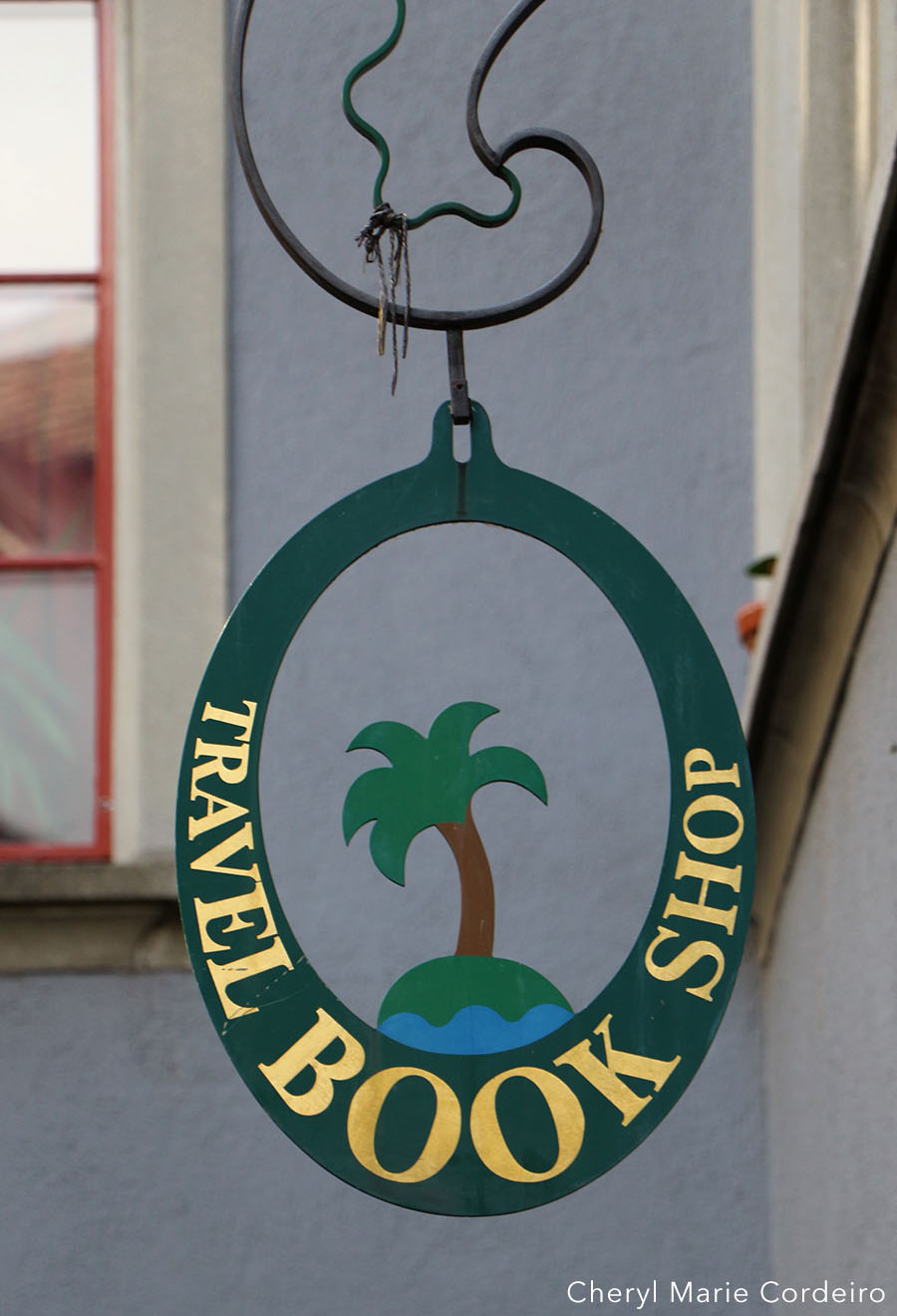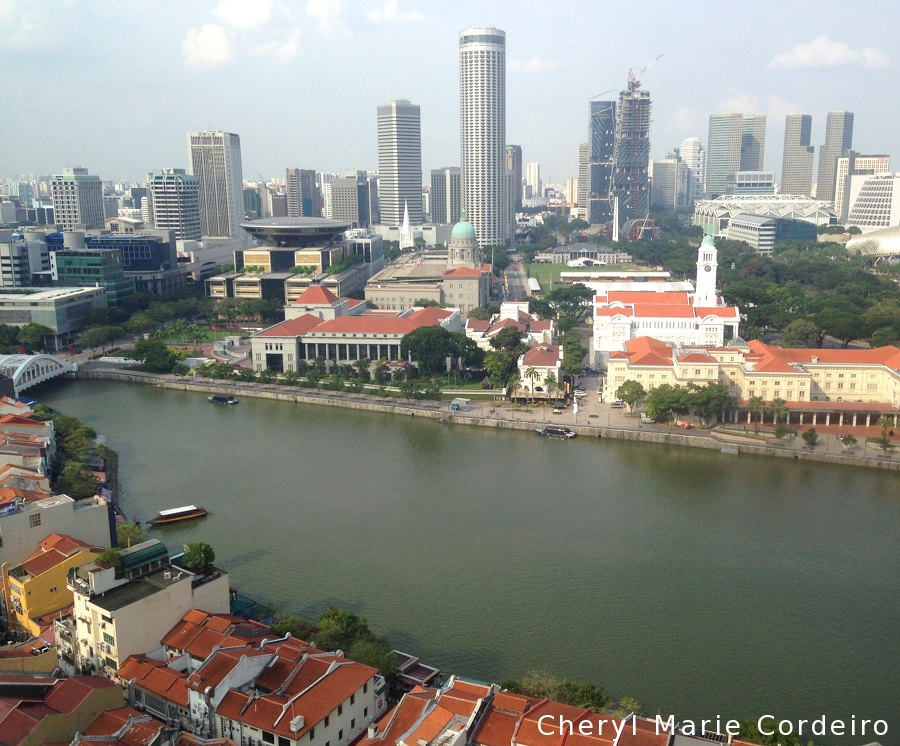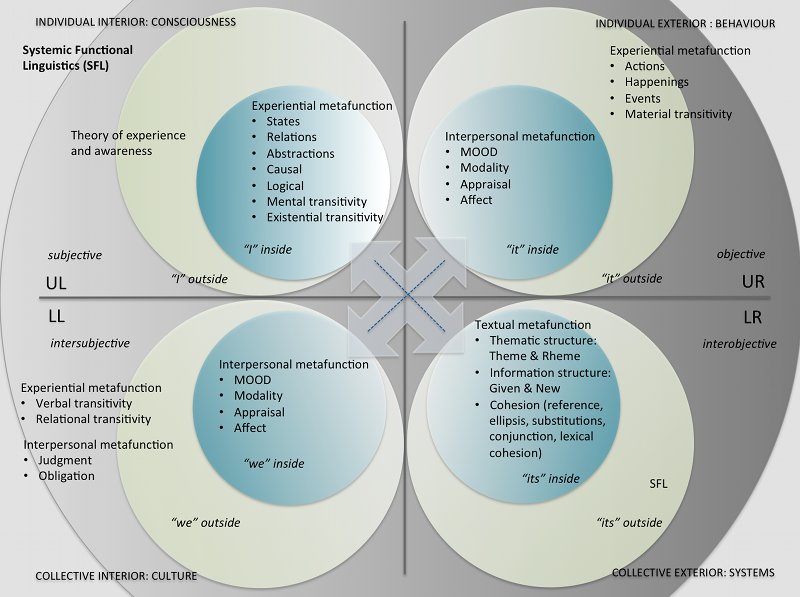In a recent round-table session, the concept of ‘ideas’ was discussed and the question of whether ideas could in fact be stolen, and if so – is that a bad thing – was debated.
Two related thoughts were put forth. The first was from Henry D. Thoreau’s book Walden (1854).
“Be a Columbus to whole new continents and worlds within you, opening new channels, not of trade, but of thought.” (p. 343)
The other was Matt Ridley’s, The Rational Optimist and “The Evolution of Everything: How New Ideas Emerge”:
“Innovation is about the combining and re-combining of ideas. That virtually every technology that we can think of is a combination of other technologies. …That is the fuel of innovation and that’s why innovation happens where people can meet and exchange ideas.” [1]
Thoreau’s Walden bravely postulated that we should not be afraid of being open to whole continents of new thoughts. More than a century later, we find that current information technologies make possible the creation of entire villages of Walden huts. I am here not quite using the concept of Thoreau’s cabin as it was meant by Thoreau himself, but rather in metaphor of a network of connecting ideas. In such a case of an evolution of perspective and technologies over time, one could conclude that the more open the environment for the sharing of information and ideas, the greater the mutual benefit for the people.






